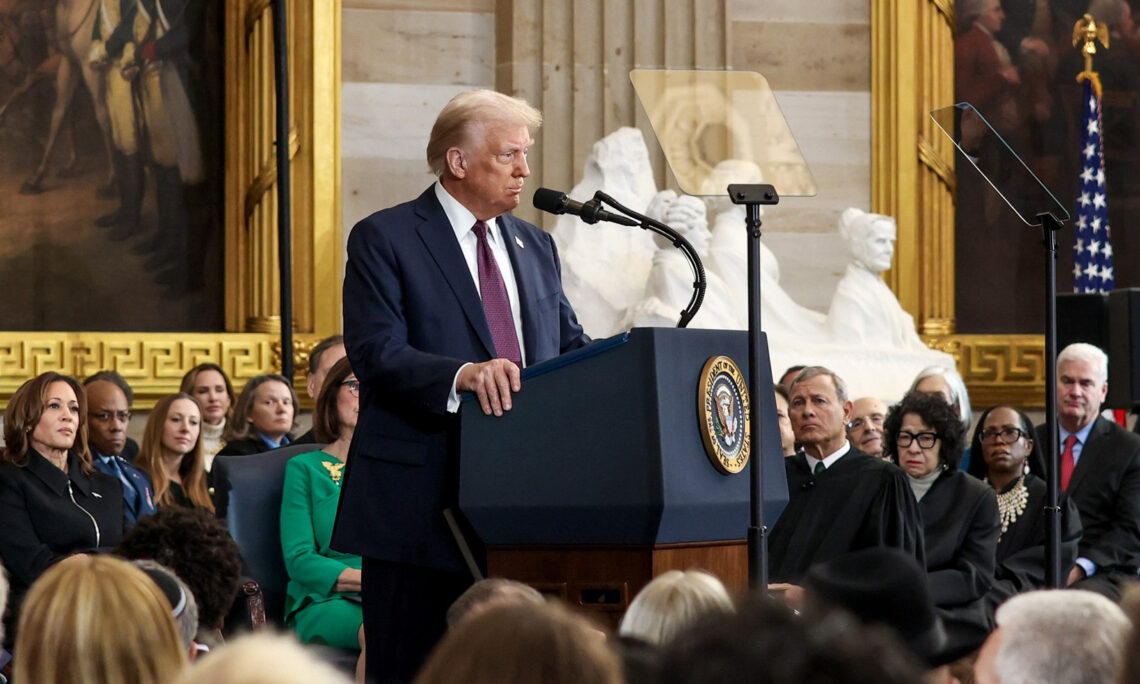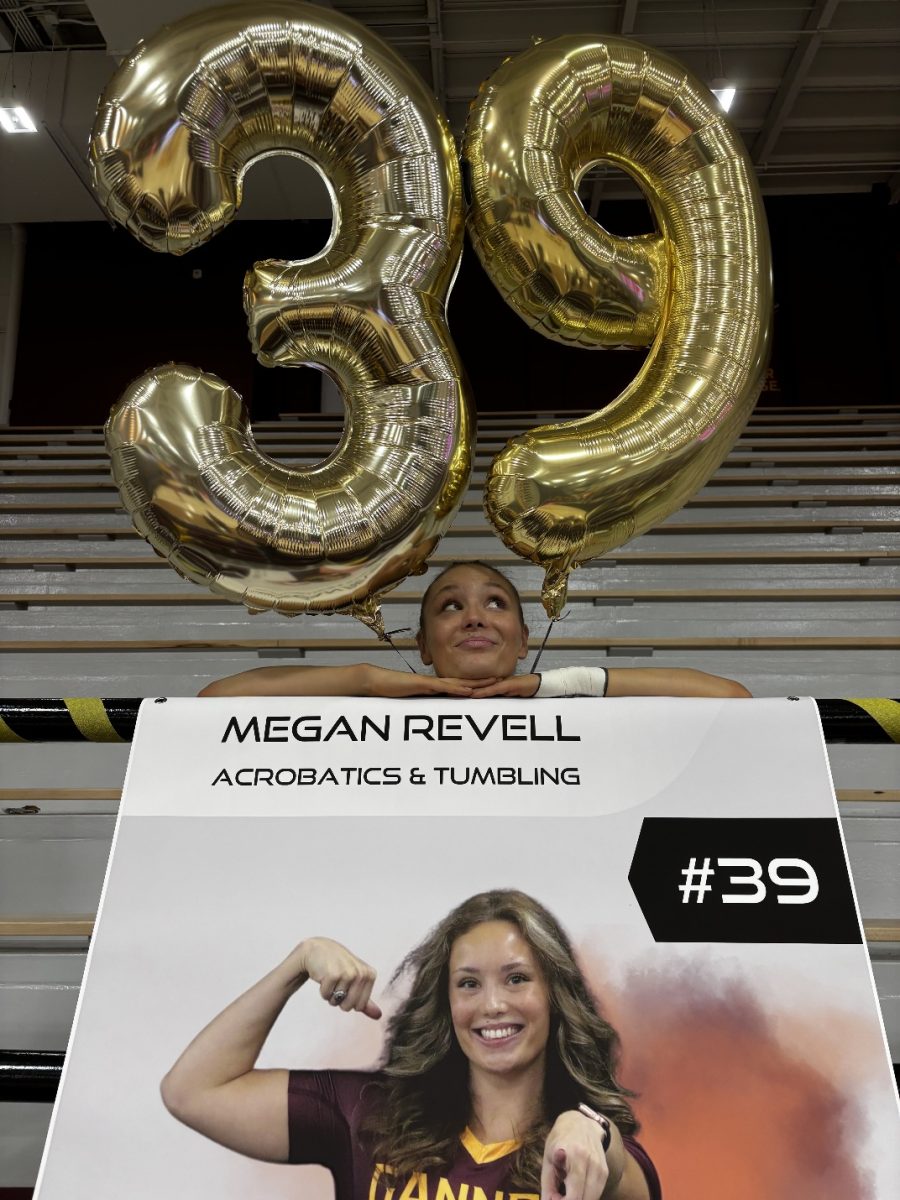Feb 16, 2024/Midnight
Representation is a word that is frequently used in relation to the arts. This term is especially heard in modern times. What we do not hear is the solution to representation and the truth behind why it is important. Moreover, we are left to ponder what exactly “representation” means and how it is effectively achieved within the arts?
Representation in this context can be defined as the description or portrayal of someone or something in a particular way or as being of a certain nature.
In many cases, the arts, which includes music, literature, television, film, fashion, etc., has many minority groups fighting to be on the front lines and have their story told in the same fashion as their White and/or European-passing counterparts.
Representation in the arts does not mean merely adding a Black side character to an already popular television series or pushing the music of a LGBTQ+ artist on airwaves during Pride Month. Representation in this scenario means that in a nation with people of all different backgrounds, its citizens should always have readily available and equal access to artistic forms that express their joys, sorrows, and struggles as well.
This year (2024) the theme for Black History Month is “African Americans and the Arts”. That means, during the entire month of February we get the chance to celebrate the amazing Black artists who have shown time and time again that they not only have a voice, but that they have something significant to say too.
I believe that representation in the arts matters because we have such an over-saturation of art that only represents one side of history and only gives one perspective to a multidimensional story.
Growing up in the United States schooling system, most of the art and literature I remember being introduced to in grade school was from White authors, artists, and designers. The only time I recall having any introduction to Black artists, in any field, was during a short observation of Black History Month, in January around Martin Luther King Jr. Day, or in a lesson that was related to slavery. Scarcely in my literature classes do I ever recall getting a full lesson on Black artists or artists of any other ethnic background.
In a 2018 study done by NYU Steinhardt, it was found that for New York City students, White authors were “massively over-represented” while authors of color were “virtually absent.” Concurrently, in the same study it was found that the authors of the teaching materials which structure the curriculum are “also overwhelmingly White.”
I still vividly recall the first time I finally understood the importance of representation, which also occurred in an academic setting. I was doing my own research for a paper on the Harlem Renaissance in one of my high school literature classes. During this research, I would discover so many incredible Black artists from the era who I had never heard of, including author Zora Neale Hurston, photographer James Van Der Zee and painter Ellis Wilson. As a young woman of color, seeing all these incredible minority artists made me beam with pride.
For so long I was conditioned to believe that there were just not enough artists of color to study in the first place. But within the research I found for this high school research paper, I finally understood that these artists exist, but their work has been stored away like old memorabilia in the attic collecting dust. It was also in doing that research paper that I realized representation is nothing without exposure.
To understand representation, we also need to understand the concept of “exposure.” We can define exposure in this context as the action of being presented with a subject to view or made known.
To me, this means we need to ensure that artists of color are not only being briefly mentioned in school curriculums and contemporary media, but that they are being properly showcased to the population in the same way we would see White artists.
The conversation around proper representation in the arts will continue if there is an obvious uneven balance in the popularization and mainstream acceptance of White artistry over the contrary. I believe that it is time that we show off the captivating works of Archibald Motley the same way we borderline worship the works of Vincent Van Gough. School curriculums should include reading comprehension activities on Langston Hughes’ works the same way we take up entire units to decipher why there is a clicking noise in that poem from Edgar Allen Poe.
Representation is important because it does not just illuminate the voices of individual artists, it puts a spotlight on entire communities, cultures, and histories that have been in the dark for too long. Representation is an easy means to a much-needed end. Not only is representation in the arts important for understanding who we are as a nation, but it is critical in the progression of the arts.










